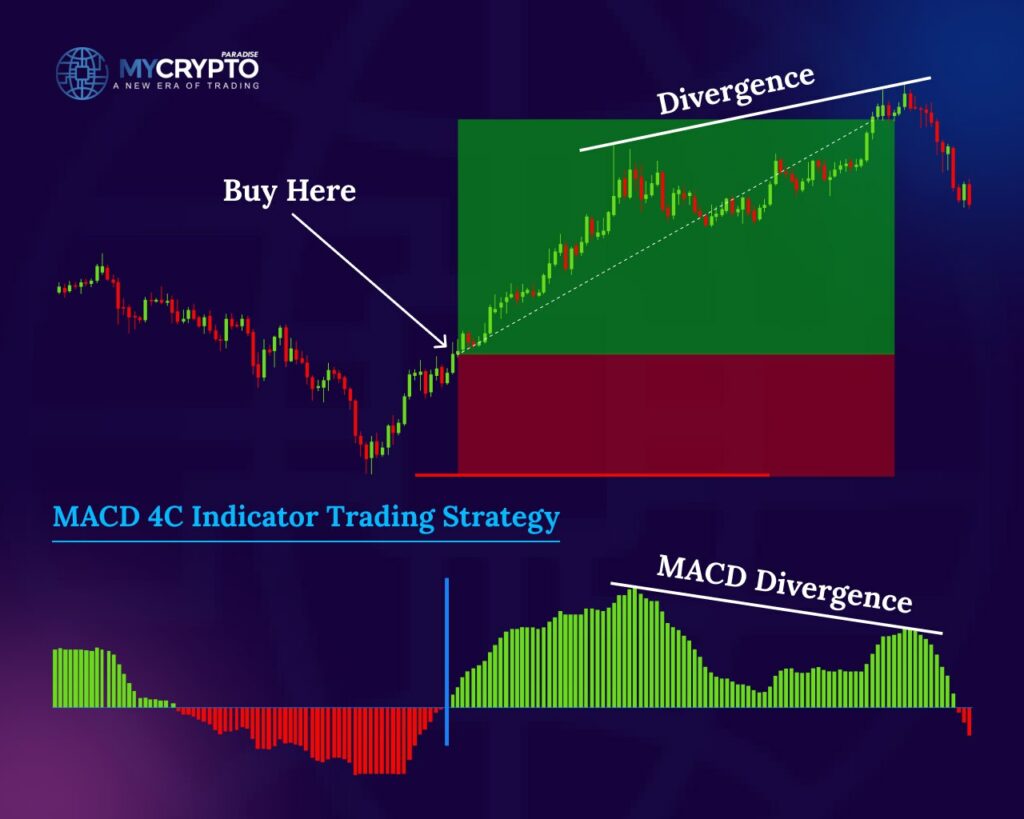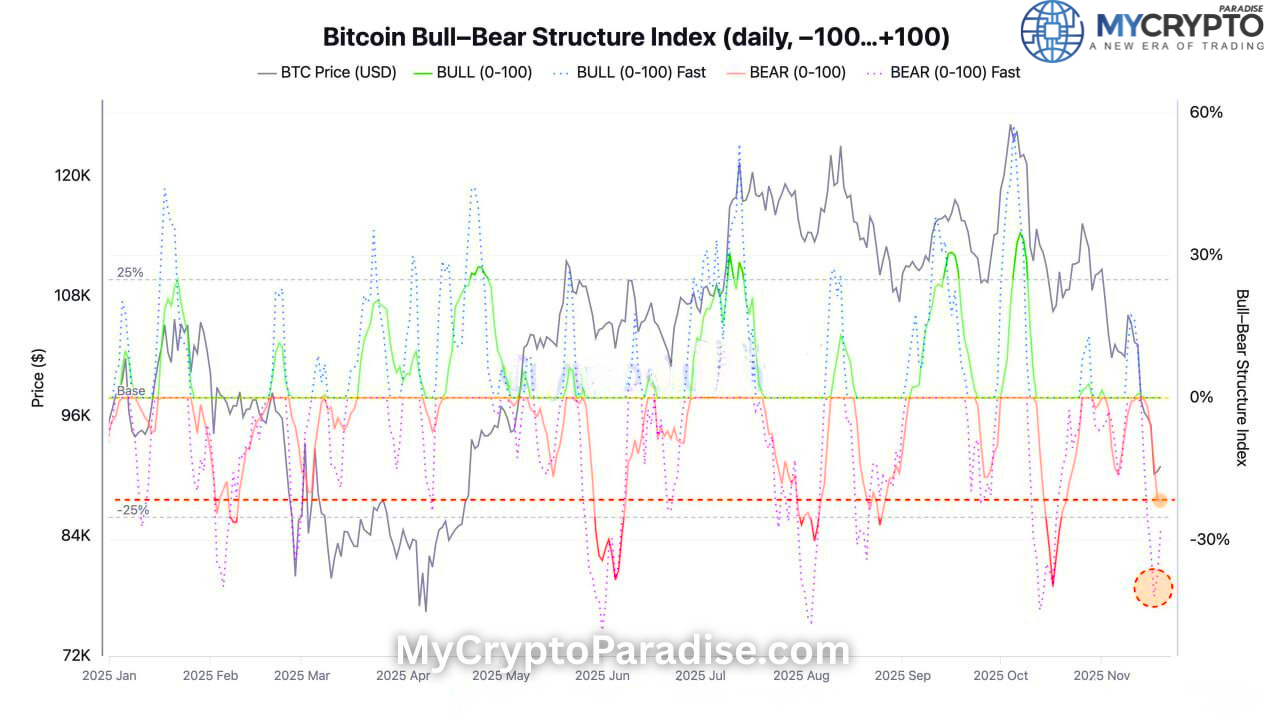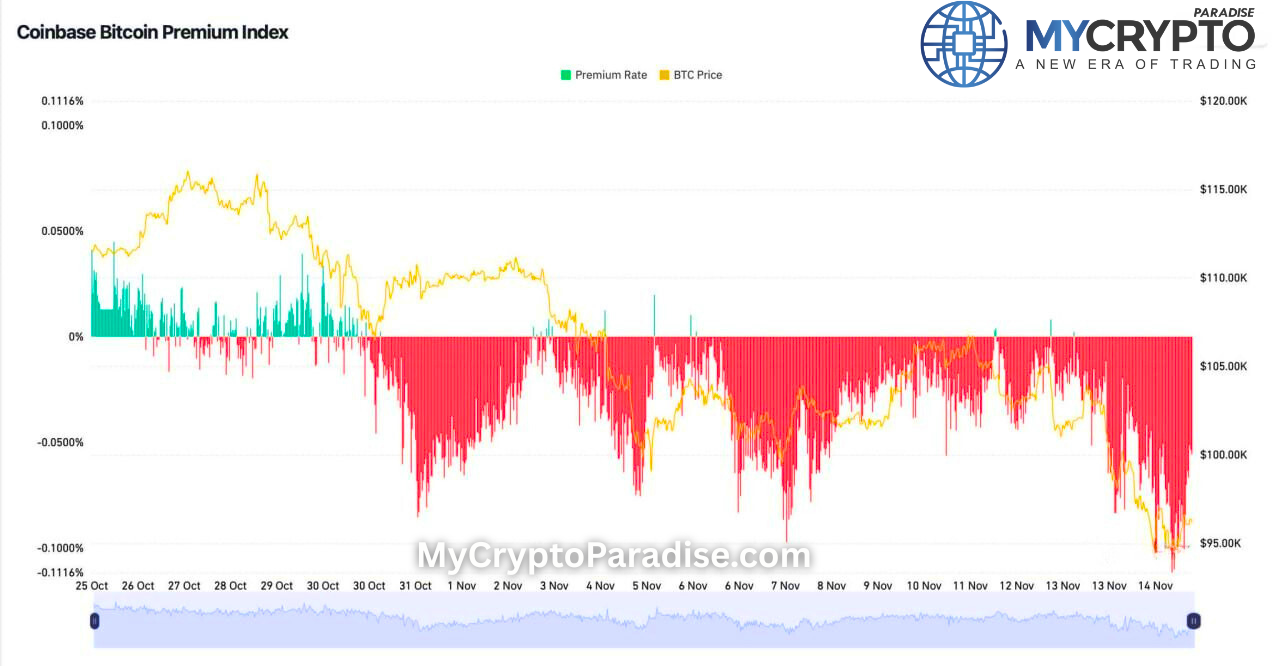Cryptocurrency trading is a highly volatile and dynamic market, and traders are constantly searching for effective tools and indicators to help them make informed decisions. One such popular indicator used in crypto trading is the Moving Average Convergence Divergence (MACD). The MACD is a versatile and powerful tool that can assist traders in identifying potential trends, spotting buying and selling opportunities, and managing risk. In this article, we will explore the concept of MACD and its application in crypto trading.
Introduction to MACD

The MACD is a trend-following momentum indicator that was developed by Gerald Appel in the late 1970s. It is based on the convergence and divergence of two exponential moving averages (EMAs) of different periods. The MACD consists of three components: the MACD line, the signal line, and the histogram.
The MACD line is calculated by subtracting the 26-day EMA from the 12-day EMA. The resulting line oscillates above and below the zero line, representing the difference between the two EMAs. The signal line, often a 9-day EMA of the MACD line, is plotted on top of the MACD line to generate trading signals. The histogram represents the difference between the MACD line and the signal line and provides visual cues about the strength of the trend.
How Crypto Traders Use MACD Signals
One of the primary uses of the MACD indicator is to identify potential trend reversals. When the MACD line crosses above the signal line, it generates a bullish signal, indicating that the cryptocurrency’s price may be on the rise, and it might be a good time to buy. Conversely, when the MACD line crosses below the signal line, it generates a bearish signal, indicating that the price may be on the decline, and it might be a good time to sell or take a short position.
Another application of the MACD is in identifying divergences. Divergence occurs when the price of a cryptocurrency moves in the opposite direction of the MACD indicator. Bullish divergence happens when the price makes a lower low, but the MACD forms a higher low.
This suggests that the selling pressure is weakening, and a potential reversal to the upside may occur. On the other hand, bearish divergence occurs when the price makes a higher high, but the MACD forms a lower high, indicating that buying pressure is waning, and a potential reversal to the downside may happen.
The MACD histogram is a useful tool for assessing the strength of a trend. When the histogram bars are above the zero line and increasing in height, it indicates that the bullish momentum is strengthening. Conversely, when the histogram bars are below the zero line and decreasing in height, it suggests that the bearish momentum is gaining strength. Traders often look for histogram crossovers above or below the zero line as confirmation of trend reversals.
Determining the Profitability of a MACD Signal
Determining whether a MACD signal will result in profits requires a comprehensive approach that combines the MACD indicator with other analysis tools, risk management strategies, and market awareness. Here are some factors to consider when evaluating MACD signals for potential profitability:
1. Confirmation from other indicators:
It is essential to confirm MACD signals with other technical indicators or chart patterns. For example, you can look for confirmation from indicators like the Relative Strength Index (RSI), Moving Averages (MAs), or trendlines. When multiple indicators align and support the MACD signal, it increases the likelihood of a profitable trade.
2. Timeframe and market conditions:
Consider the timeframe you are trading on and the prevailing market conditions. MACD signals may have varying degrees of effectiveness depending on the timeframe. Shorter timeframes may generate more frequent but potentially less reliable signals, while longer timeframes may produce more reliable but less frequent signals.
Additionally, market conditions, such as trending or ranging markets, can impact the accuracy of MACD signals. Adapting the MACD settings to suit the specific cryptocurrency and timeframe being analyzed is crucial.
3. Volume and liquidity:
Volume and liquidity are essential factors to consider when evaluating MACD signals. Higher trading volume and liquidity generally indicate a more active and reliable market. A MACD signal accompanied by significant trading volume is more likely to result in a profitable trade, as it suggests strong market participation and increased validity of the signal.
4. Fundamental analysis:
While the MACD is a technical analysis tool, it’s important to consider fundamental factors that may influence the cryptocurrency being traded. News events, project developments, regulatory changes, and market sentiment can significantly impact the price movement of cryptocurrencies. Incorporating fundamental analysis alongside the MACD signal helps provide a more comprehensive view and increases the chances of profitability.
5. Risk management:
Managing risk is crucial for successful trading. Even with a reliable MACD signal, there is always a possibility of losses. Implementing proper risk management techniques, such as setting stop-loss orders, determining position sizes based on risk tolerance, and adhering to a trading plan, can help minimize potential losses and protect profits. It’s important to maintain discipline and not let emotions override risk management strategies.
In ParadiseFamilyVIP🎖️, we send crypto signals that you get from our team of professional traders. Reach out to us here.
How to Set Up the Entry Level, Stop Loss, and Take Profit for a MACD Signal

Setting the entry, take profit, and stop loss levels for a MACD signal involves a combination of technical analysis, risk management, and individual trading preferences. Here are some general guidelines to consider when setting these levels:
Entry point
– Ideally, you want to enter a trade when the MACD signal confirms a potential trend reversal or continuation. This could be when the MACD line crosses above or below the signal line.
– Some traders prefer to wait for additional confirmation from other indicators or chart patterns before entering a trade. For example, you may wait for a breakout of a key resistance or support level, or for the price to retrace to a specific moving average.
– It’s important to set clear entry criteria and stick to them consistently to avoid emotional decision-making.
Take profit
– Determining the take profit level depends on your trading strategy and risk-reward ratio. Some common approaches include:
– Setting a fixed target based on a predetermined price level or percentage gain.
– Using key support or resistance levels as potential areas for profit-taking.
– Utilizing trailing stops to capture additional profits as the price moves in your favor.
– It can be helpful to analyze historical price data, chart patterns, or Fibonacci retracement levels to identify potential price targets.
Stop loss
– Setting a stop loss is crucial to protect your capital and limit potential losses if the trade goes against you.
– Stop loss levels can be determined using various methods, including:
– Placing the stop loss below the recent swing low (for long positions) or above the recent swing high (for short positions).
– Utilizing a percentage or fixed dollar amount loss that aligns with your risk tolerance. For example, you may choose to risk 1-2% of your trading capital per trade.
– Adjusting the stop loss based on volatility. A more volatile market may require a wider stop loss to account for price fluctuations.
– It’s important to set a stop loss level that allows for price fluctuations while still protecting your capital. Avoid setting the stop loss too tight, as it may result in premature stop-outs.
Conclusion
In conclusion, the Moving Average Convergence Divergence (MACD) is a versatile and widely used indicator in crypto trading. It helps traders identify potential trends, generate buy and sell signals, and assess the strength of a trend. However, it is important to remember that no indicator is foolproof, and the MACD should always be used in conjunction with other analysis tools and risk management strategies. By combining technical analysis with fundamental analysis and market awareness, traders can make more informed decisions in the highly volatile and dynamic world of cryptocurrency trading.
The technical knowledge you’ve gained from this educational article is invaluable, but it alone won’t make you a consistently profitable trader in the long term. While this knowledge can give you an edge when used effectively, achieving consistent profitability over the next 3+ years requires pairing it with proper trading strategies and tactics.
At ParadiseFamilyVIP🎖️, we combine advanced technical analysis, on-chain insights, precise sentiment monitoring, and a deep understanding of whale psychology with proven trading strategies. This ensures we deliver the best crypto signals and portfolio management decisions, driving long-term profitability.
👉Check membership availability in ParadiseFamilyVIP🎖️ (Click it)
The ParadiseTeam provides full transparency, sharing every trade we enter, planned exit points, and portfolio allocations so you can achieve the same ROI we do!













